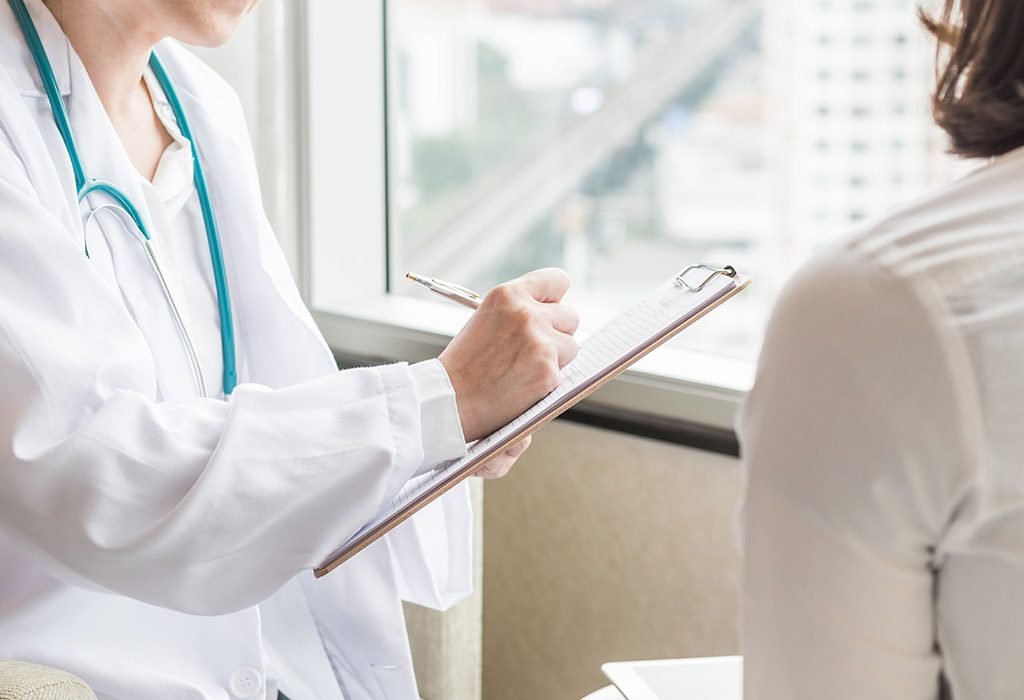Gynecological health plays a vital role in a woman’s overall well-being, and the issues related to it tend to change as she moves through different decades of life. From irregular periods in the 20s to fertility concerns in the 30s and hormonal shifts in the 40s and beyond, each stage comes with its own set of challenges and health priorities.
This article explores the most common gynecological issues women face across different age groups, highlighting their symptoms, causes, and when to seek medical care.
Gynecological Health in the 20s
The 20s are typically a time of hormonal stability and reproductive health, but several gynecological problems may still arise during this decade.
Irregular Menstrual Cycles
Irregular periods may be due to:
- Stress
- Sudden weight changes
- Polycystic Ovary Syndrome (PCOS)
- Thyroid dysfunction
Most cycle variations are harmless, but persistent irregularities should be evaluated.
Polycystic Ovary Syndrome (PCOS)
One of the most common endocrine disorders among young women, PCOS may cause:
- Irregular or missed periods
- Excess facial/body hair
- Acne or oily skin
- Weight gain and difficulty losing weight
PCOS can affect fertility and increase the risk of type 2 diabetes if not managed properly.
Urinary Tract Infections (UTIs)
UTIs are common due to sexual activity, hygiene habits, and tight clothing. Symptoms include:
- Burning during urination
- Frequent urge to urinate
- Lower abdominal discomfort
Early treatment is important to avoid kidney complications.
Vaginal Infections
Women in their 20s often experience infections like:
- Yeast infections: itching, thick white discharge
- Bacterial vaginosis: thin gray discharge, fishy odor
- Sexually transmitted infections (STIs): may cause pain, discharge, or no symptoms at all
Safe sex practices and routine screenings are vital.
Gynecological Health in the 30s
As women approach their peak fertility years and begin family planning, new gynecological challenges can appear.
Fertility Issues
Fertility begins to decline in the early 30s. Common causes include:
- PCOS
- Endometriosis
- Ovulation disorders
- Pelvic inflammatory disease (PID)
If pregnancy doesn’t occur after a year of trying (or 6 months after age 35), fertility evaluation is recommended.
Endometriosis
A condition where tissue similar to the uterine lining grows outside the uterus, causing:
- Severe menstrual cramps
- Pain during intercourse
- Infertility
- Heavy or irregular periods
Endometriosis may worsen with age and requires proper diagnosis and long-term management.
Fibroids
Fibroids are non-cancerous growths in the uterus that may lead to:
- Heavy bleeding
- Pelvic pain or pressure
- Frequent urination
- Complications during pregnancy
Many fibroids are asymptomatic and found during routine checkups.
Cervical Health
In the 30s, regular Pap smears and HPV testing are crucial to detect abnormal cervical cells early and prevent cervical cancer. HPV is a leading cause of cervical abnormalities.
Gynecological Health in the 40s and Beyond
This stage often marks the transition toward menopause, bringing hormonal changes and other age-related conditions.
Perimenopause
The phase leading up to menopause, perimenopause may last several years and is marked by:
- Irregular periods
- Hot flashes
- Mood swings
- Vaginal dryness
- Sleep disturbances
Symptoms vary in intensity and may start as early as the late 30s.
Menopause
Defined as the absence of menstruation for 12 consecutive months, menopause typically occurs between ages 45–55. Common changes include:
- Lower estrogen levels
- Thinner vaginal tissues
- Decreased bone density
- Weight gain
Hormone replacement therapy (HRT) and lifestyle adjustments can manage symptoms.
Vaginal Atrophy and Sexual Health Issues
With declining estrogen, the vaginal lining becomes thinner and drier, leading to:
- Painful intercourse
- Increased risk of infections
- Decreased libido
Topical estrogen creams or lubricants may help.
Pelvic Organ Prolapse
As pelvic muscles weaken with age, organs like the bladder, uterus, or rectum may shift or drop. Symptoms include:
- A feeling of heaviness
- Urinary leakage
- Bulging in the vaginal area
Mild cases are managed with pelvic floor exercises; severe cases may require surgery.
Preventive Care at Every Stage
Across all age groups, regular gynecological care is essential. Preventive screenings and healthy habits can help detect and manage issues early.
| Age Range | Key Preventive Measures |
|---|---|
| 20s | Annual pelvic exam, Pap smear, STI testing |
| 30s | HPV test, fertility assessment if needed |
| 40s+ | Mammograms, bone density scans, menopause care |
Conclusion
Women’s gynecological health evolves with age, and being aware of the common issues in each stage helps in making informed health decisions. From managing hormonal conditions in the 20s to navigating menopause in later years, proactive care and regular checkups are essential. Prioritize your reproductive and gynecological health at every age for a better quality of life.
FAQs
1. How often should I see a gynecologist?
Most women should have an annual gynecological check-up, even if there are no symptoms.
2. What’s the difference between perimenopause and menopause?
Perimenopause is the transition phase with fluctuating hormones before periods stop completely. Menopause is confirmed after 12 months without a period.
3. Can fibroids become cancerous?
Most fibroids are benign (non-cancerous) and rarely turn cancerous, but they should be monitored by a doctor.
4. Is irregular bleeding after 40 normal?
Occasional changes are common during perimenopause, but heavy or prolonged bleeding should be evaluated to rule out serious conditions.
5. What lifestyle changes support better gynecological health?
Eat a balanced diet, exercise regularly, maintain healthy weight, practice safe sex, avoid smoking, and manage stress.
